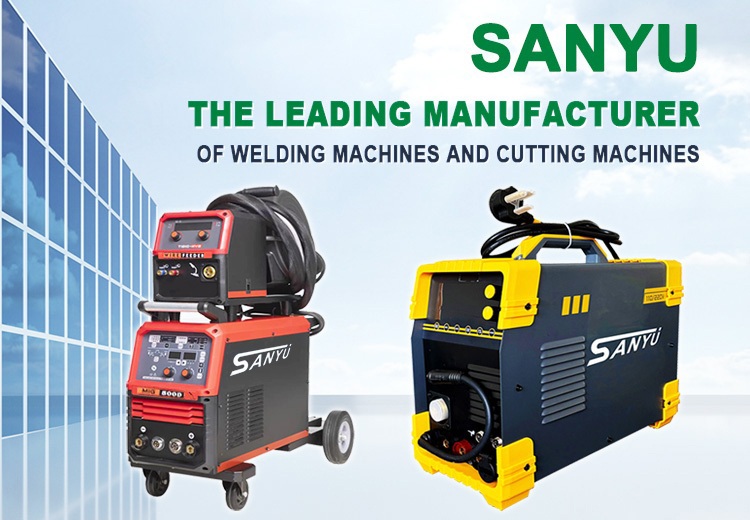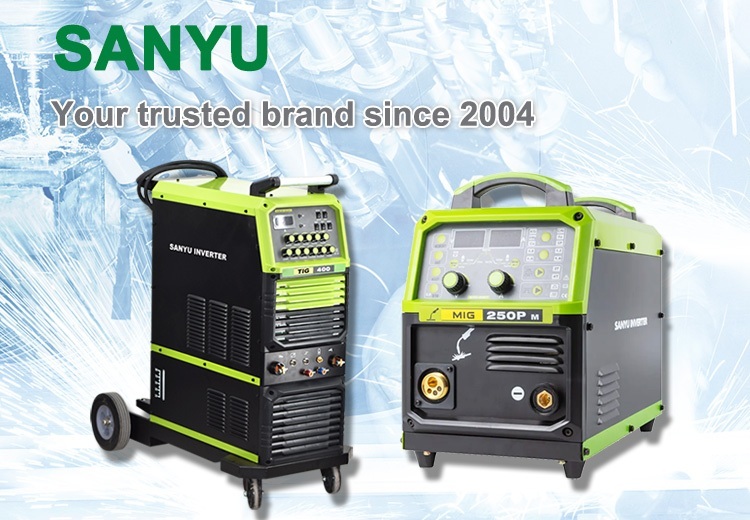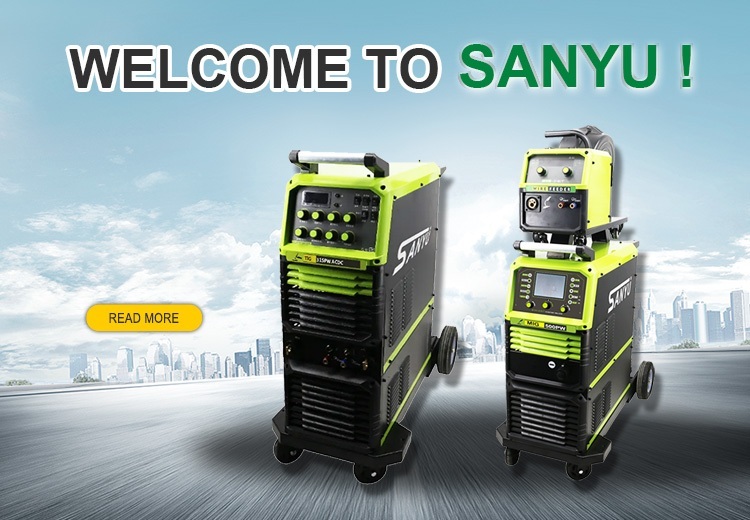Spot welding machine use method:
1. When welding, adjust the position of the electrode rod so that when the electrode is just pressed to the weldment, the electrode arms are kept parallel to each other.
2, the choice of current adjustment switch series can be selected according to the thickness and material of the weldment. After the power is turned on, the power indicator light should be turned on. The pressure of the electrode can be adjusted to the spring pressure nut to change the degree of compression.
3. After completing the above adjustments, you can turn on the cooling water and then turn on the power to prepare for welding. Procedure of welding process: The weldment is placed between two electrodes, the foot pedal is depressed, and the upper electrode is brought into contact with the weldment and pressurized. When the foot pedal is continuously depressed, the power contact switch is turned on, and the transformer starts to work. The circuit is energized to heat the weldment. When the pedal is released after welding for a certain period of time, the electrode rises, and the power is cut off by the tension of the spring and then restored to the original state. The single-point welding process is ended.
4. Weldment preparation and assembly: The steel weldment must be cleaned of all dirt, oil, oxide scale, and rust before welding. For hot rolled steel, it is advisable that the weld be pickled, grit blasted, or removed with a grinding wheel. Although the unwelded weldment can perform spot welding, it severely reduces the service life of the electrode and at the same time reduces the production efficiency and quality of spot welding. For medium-low carbon steel with thin coating can be directly welded.
In addition, users can refer to the following process data when using:
1, welding time: In the welding of low carbon steel, the welder can use strong standard welding method (instantaneous power) or weak standard welding method (long power). In the mass production, a strong gauge welding method should be adopted, which can increase the production efficiency, reduce the power consumption and reduce the deformation of the workpiece.
2. Welding current: The welding current is determined by the size, thickness and contact surface of the weldment. Generally, the higher the metal conductivity, the greater the electrode pressure, the shorter the welding time. The current density required at this time also increases.
3. Electrode pressure: The purpose of the pressure exerted on the weldment by the electrode is to reduce the contact resistance at the solder joint and to ensure the required pressure when the solder joint is formed.
+86 13564535011
E-mail : alansunrise@sina.com
Add : No.723, Shangcheng Road No.800 Shanghai, China




